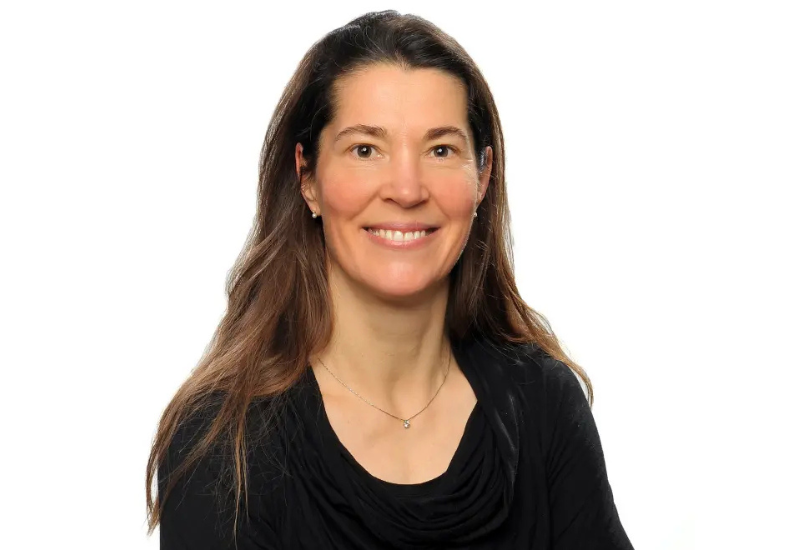
Expert advocates for collaborative approach to address sea level rise
Jerneja Penca, head of the Mediterranean Institute for Environmental Studies at the Koper Science and Research Centre, explores in an opinion piece for the Slovenia Times how society is only slowly coming to terms with tangible consequences of climate change such as sea level rise. She argues in favour of a holistic, iterative, and collaborative decision-making on this topic, CE Report quotes The Slovenia Times.
For too long, science has warned about the impacts of climate change and the urgent need for action. Recently, the coastal community in Slovenia has begun to confront one critical aspect of this complex challenge: sea level rise. Can we, as a society, meet this challenge with the full commitment it demands?
I work as a researcher in the field of environmental governance and sustainability transformations. Describing my field to others can be challenging, but from my perspective, its relevance is everywhere! There are pressing topics, compelling questions, and vital interventions to be made right in my local environment: from balancing conservation of nature and landscapes with the push for renewable energy or new roads, to observing the decline of fisheries that once defined our coastal towns, and acknowledging how cities continue to prioritize commercial developments over inclusive green spaces. The questions I focus on are: How should decisions about sustainability challenges be made at a systems level? What are optimal decisions in a given situation? And why do they often not happen?
One issue that has recently surfaced as a concern for local communities is sea level rise. I feel the buzz around me in expert communities and the media. People ask: What does this mean for us? What can we do about it? A journalist told me I came to speak on "a very hot topic." That is energizing! Working on environmental issues was often relegated to the margins of other "more important stuff."
I am pleased to witness that the topic matters to people. Apathy about the future and doomsday headlines are all too dominant. I hope we can use this interest to trigger the kind of collaboration and collective knowledge we need for such a complex topic.
But I am also concerned about decision-making being derailed. My memory recalls instances where both the process - far from transparent and inclusive - and the outcomes - short-sighted, expensive, or dangerous - proved disappointing.
I do not merely observe the process. I try to contribute to it by informing it with the knowledge we have about decisions that are acceptable, just and sustainable. Based on knowledge from various thematic and geographical contexts and across scientific disciplines, we have useful guidance for approaching the huge challenge ahead of us. One of my collaborations that has been instrumental in this context is that with the Intergovernmental Panel for Biodiversity and Ecosystem Services (IPBES), where we have spent the past three years working on the Transformative Change Assessment. This has been a huge effort to understand and identify factors in human society that may be leveraged to bring about a fundamental, systems change for the benefit of biodiversity and sustainable development. This report is being negotiated at the plenary and will be released to the public on December 18th.
Based on my engagement in this global synthesis work and other science-to-policy work, I have set out some hopes for the efforts to address sea level rise. I advocate for holistic, iterative, and collaborative decision-making on this topic.
Under holistic, I mean that we need to design solutions that consider many policy goals. It is not enough to address sea level rise - we must also enhance ecosystem services and biodiversity, as they help strengthen resilience in a changing climate. We also need to address the pollution of our seas and improve people's living conditions and well-being. Most importantly, we must not only deal with a symptom but tackle the root causes, such as the emissions driving the melting of ice in Antarctica, which contributes to sea level rise. All of this must be done simultaneously. We face multiple challenges (of our own making) and must confront them, rather than solving one while aggravating another.
Under iterative, I urge first for intervention measures that are easily implementable, along with pilot actions that can be used for learning and adaptation. We should advance with more invasive measures as we gain experience and take incremental steps in decision-making. It is clear that all planning today needs to account for sea level rise, for example, the upcoming refurbishment of the coastal road between Izola and Koper. I particularly advocate for such planning that leaves as many options as possible for future generations. We should avoid creating systems that lock them into maintaining short-term measures against increasingly unpredictable forces of nature. How can we justify opening a construction site in the low-lying areas of Strunjan, knowing that any buildings will pose increasing challenges for future generations while benefiting only a handful of individuals today?
Finally, I emphasize the importance of collaborative decision-making. This will likely be the most challenging aspect, but I am confident we can leverage the wealth of knowledge across disciplines in Slovenian and neighboring institutions to arrive at best decisions, as required by the complexity of the challenge. For once, we should design scenarios with concrete options for action in a truly interdisciplinary way and carefully identify the implications of each. However, this alone will not suffice - scenarios must be discussed by a broader group of community members beyond experts. We need the maritime workers, conservationists, artists, and citizens who swim, sail, paddleboard, explore, or simply care and enjoy the sea and seascape to participate in deliberations about the strengths and weaknesses of each scenario.
We particularly need young adults and children to be involved in the decisions. For example, with regards to the magnificent Strunjan Cliff - would they prefer to bear the costs, accept the aesthetics, and learn from engineered measures that preserve it in its current form? Or would they rather let it be shaped by the consequences of the unchecked growth, materialism, and consumerism we have fostered, but which they are hoping to overcome someday? At the very least, we owe them transparency about the choices and assumptions we are making on their behalf.
I remain observant and proactive as Slovenia advances its adaptation to climate change and moves toward actionable plans. My hope is to help create conditions for a more sustainable and just future than what we have today. Let us harness the creativity and knowledge we have accumulated while discarding the destructive patterns of thinking that brought us to this point.
























